San Marcos
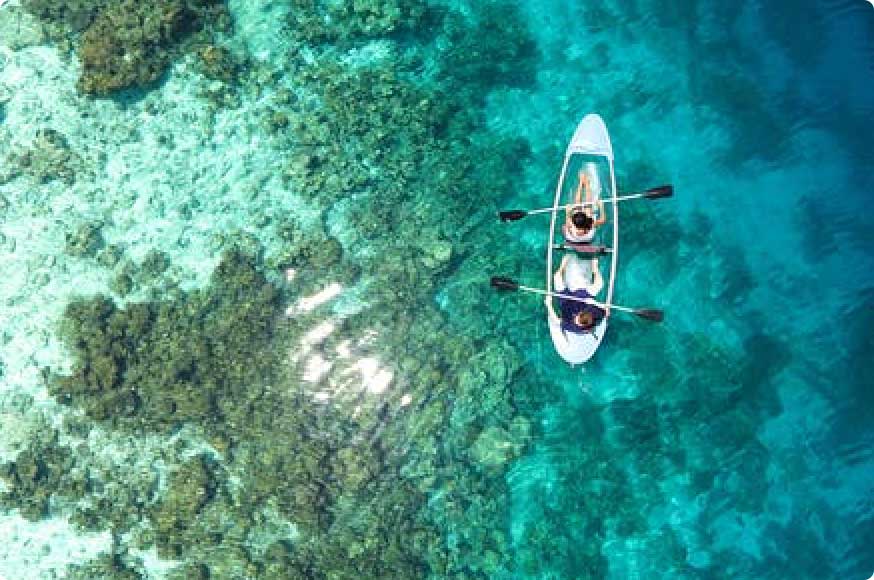
Everything is bigger in The Lone Star State! Texas is home to several destination scuba dive sites including the Flower Gardens and the Valhalla Nuclear Missile Silo.
Start diving right nowStart diving right now
average ocean temperature
underwater reefs
water visibility
Bluebonnets in bloom, the State Fair of Texas, South by Southwest, the Riverwalk, and so much more. Texas is a state rich in Southern hospitality, urban atmosphere, and modern living.
When it comes to scuba diving in Texas, there are some great options in places like San Padre and San Marcos. More inland divers can take advantage of some quality lake diving throughout the state.
Texas isn’t well known for its crystal-clear lake visibility, but this doesn't stop thousands of scuba divers from partaking in Texas' dive sites each year.
Texas is a unique dive destination with many fun water activities including scuba diving, snorkeling, and boating.
Located west of Austin, Lake Travis is a scuba destination for divers of all levels. Divers can experience the deep underwater canyon wall with plunging depths of 100 feet. Marine life at Lake Travis consists of yellow spotted catfish, channel catfish, perch, bass, tilapia, and crappies. Lake Travis dive sites include Starnes Island, Fiesta Haus Wall, Oasis Wall, Shaker Plant, West Point, Cypress Creek Wall, and Wreck Alley.
Spring Lake is a part of The Meadows Center for Water and The Environment in San Marcos. Eight threatened and endangered marine life species call Spring Lake home. As the longest continuously inhabited site in North America, Spring Lake remains a constant 72 degrees Fahrenheit year-round with crystal-clear waters and a depth of 40 feet.
Lake Amistad has 800 miles of shoreline, eye-catching scenery, and a myriad of archaeological sites to explore. Lake Amistad is one of the deepest lakes in Texas at 217 feet and has a maximum visibility of 50 feet. Popular dive sites within Lake Amistad are Viewpoint Cliffs and Scuba Cove, Castle Canyon, Highway 90 Bridge, and Brite Ranch House.
Possum Kingdom Lake is among the oldest domestic scuba diving destinations in Texas. Just a short drive away from Fort Worth, Possum Kingdom offers exceptional diving closer to its dam with a visibility up to 100 feet. The lake is a popular treasure-hunting site for snorkelers.
Nestled in Balmorhea State Park, the San Solomon Springs is the world’s largest spring-fed swimming pool. It covers early two of the 46 acres in the Balmorhea State Park in the West Texas desert. It’s a clear cool pool with 80 feet of horizontal viability making it a dive site for divers of all ranges.
Located 17 miles from South Padre Island, the Texas Clipper has quite the history. It’s a relatively new wreck having been sunk November 16, 2007. This is an intermediate and advanced diving site due to the bottom of the Texas clipper being at a depth of 134 feet.
While on your scuba diving escapades consider visiting San Marcos, Austin, Huntsville, or South Padre for some amazing shopping, dining, and other fun activities.
San Marcos

Austin
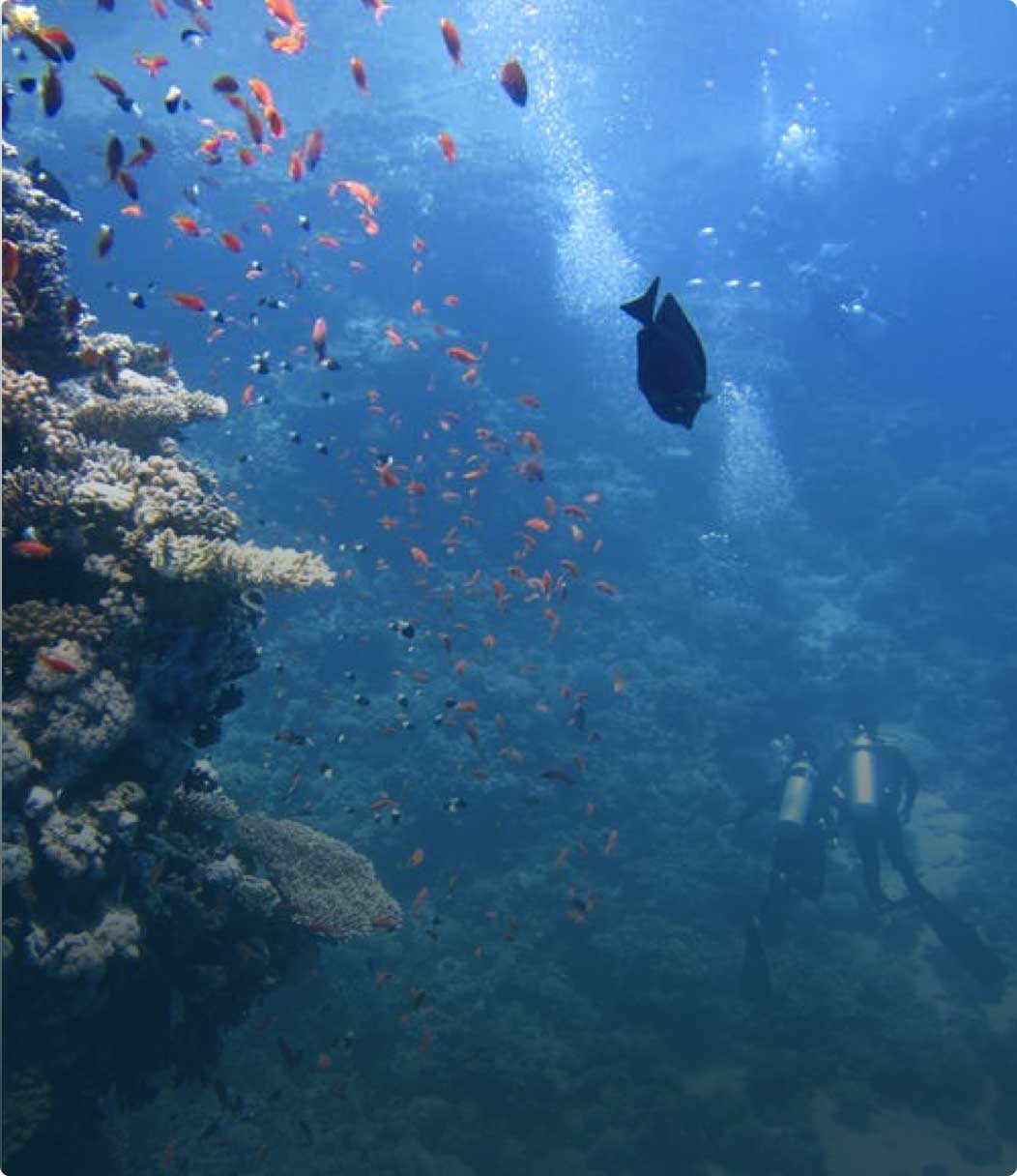
Huntsville
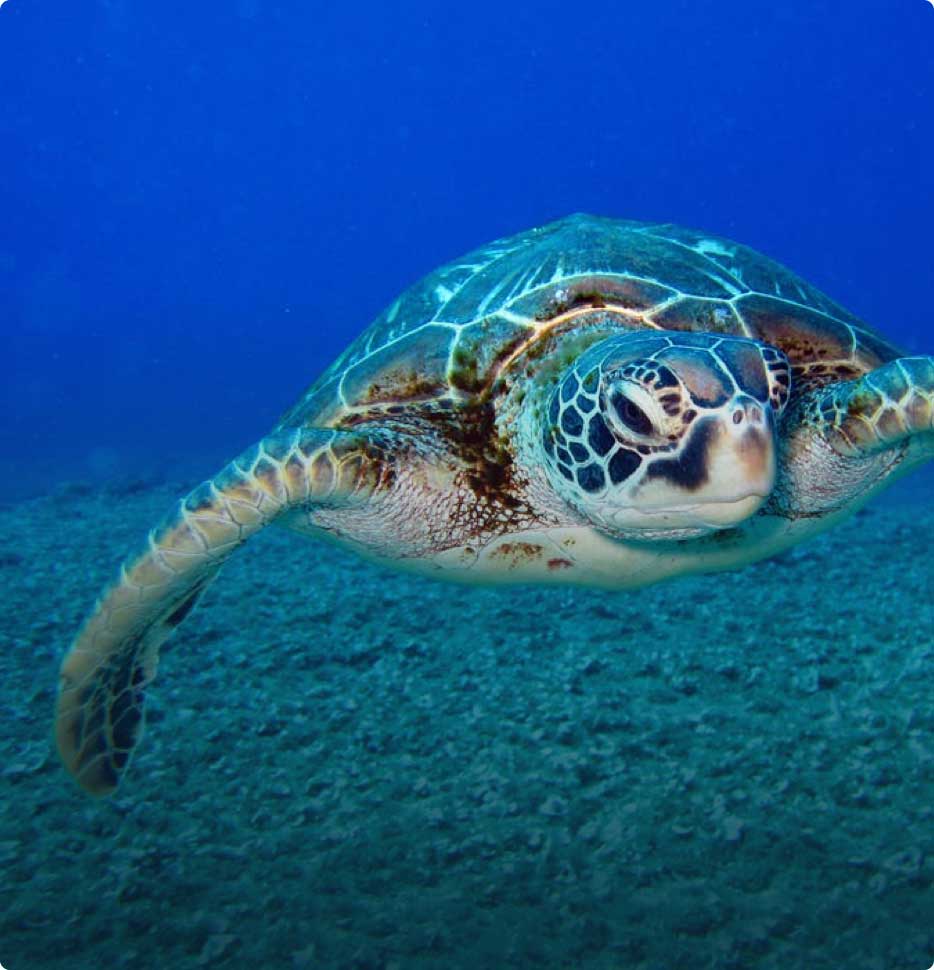
South Padre Island
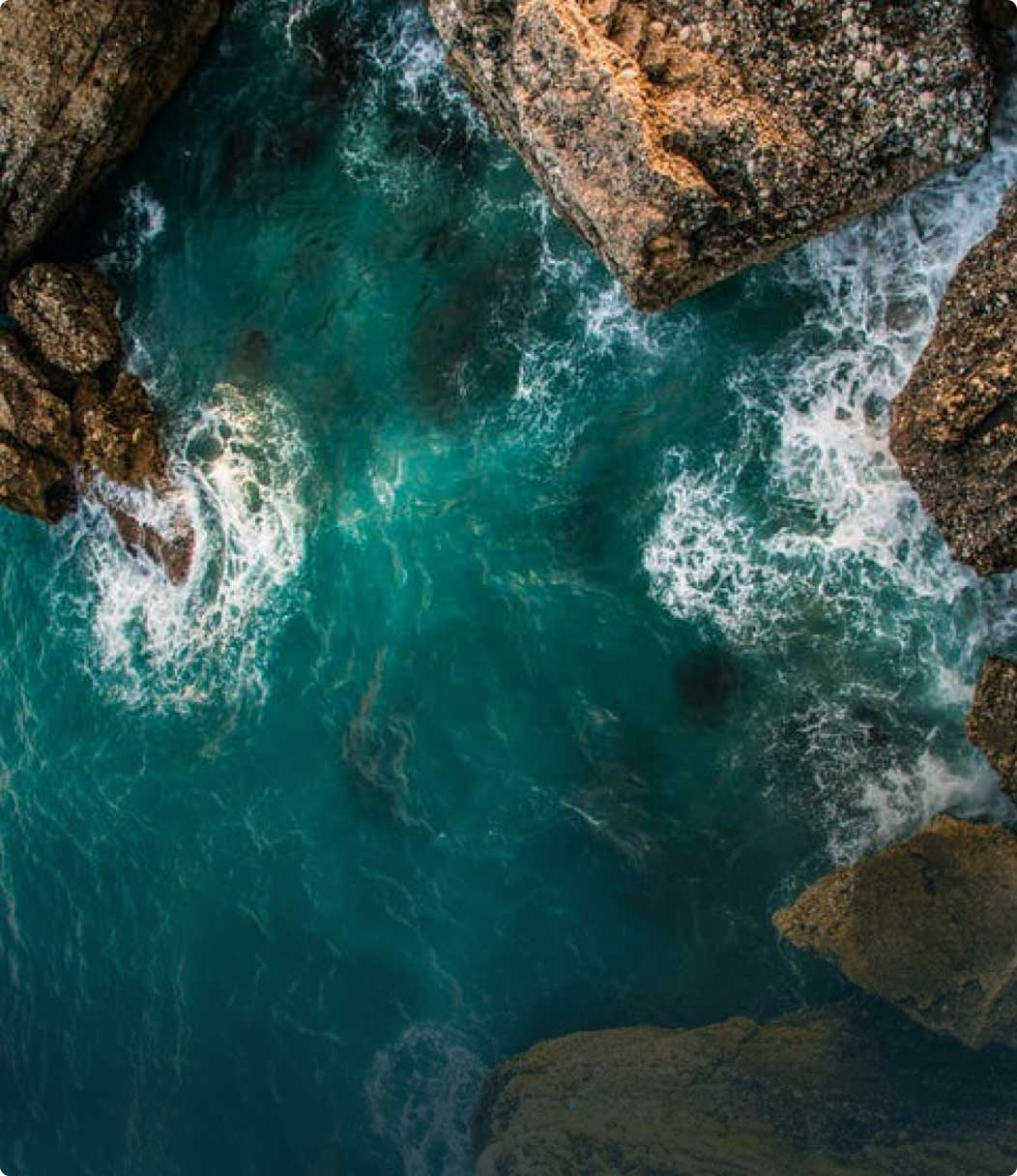
Huntsville Ghost Tour
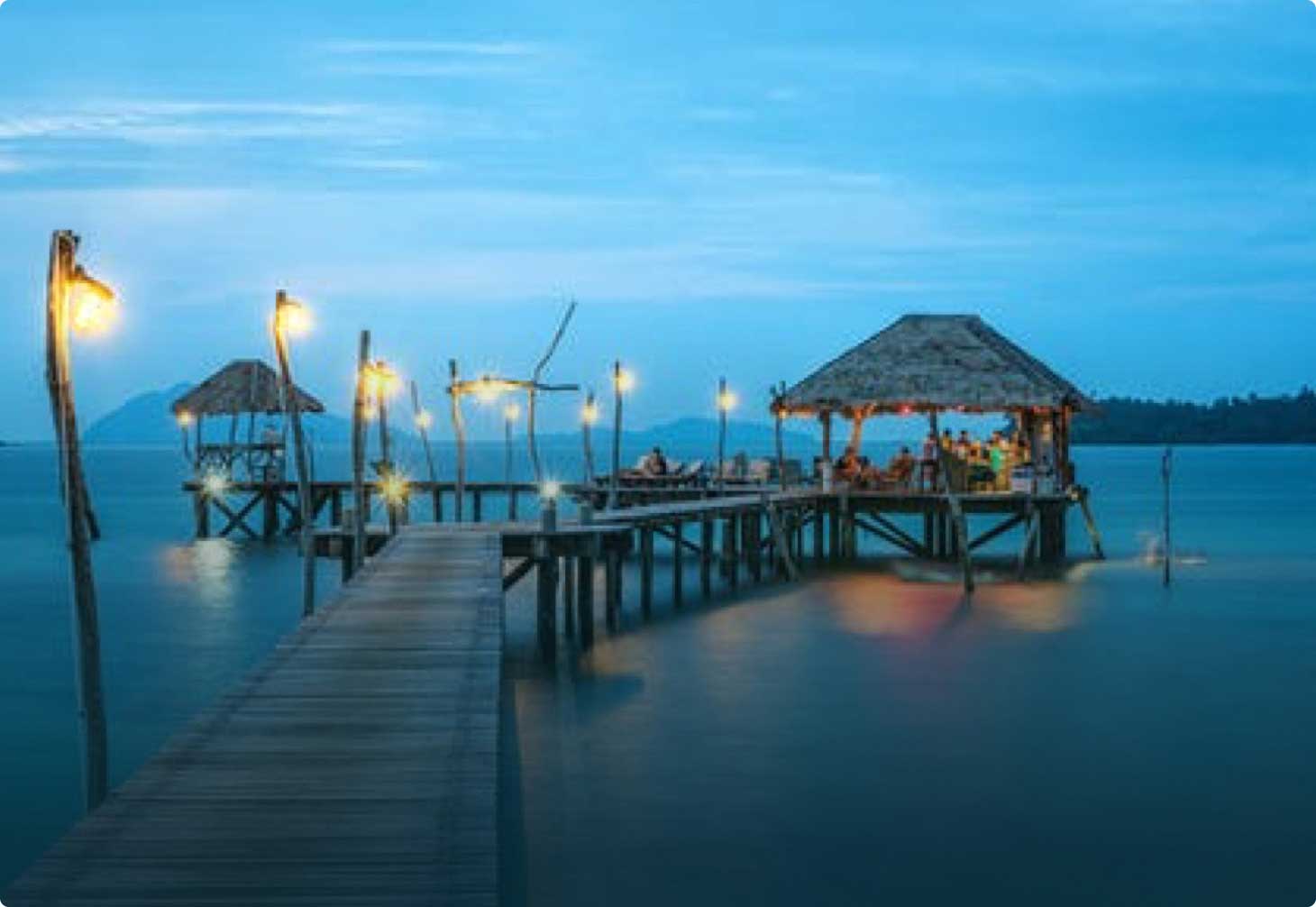
Arguably the best BBQ in the country can be found in the State of Texas.
Dallas, Houston, Austin, and San Antonio have plenty of nightlife options at your disposal.
Sip on your favorite cocktails while surrounded by exquisite sculpture at the Nasher Sculpture Center in Dallas, TX.
The San Marcos Outlet Malls are some of the largest shopping outlets in Texas.
Open Water 20 is RAID’s most popular global certification program. It teaches divers everything they need to know to explore the underwater world within a depth of 66 feet. Upon completion of the academic portion of the course, divers go to the closest RAID dive center and complete the pool training and open water dives. This certification is internationally accepted.
Visit WebsiteBefore taking the RAID Wreck diving course, you'll have to be Open Water 20 certified. The RAID Wreck diving course is a specialty course designed to extend your knowledge and skills of diving to allow you to dive on wrecks safely without penetrating them.
Visit WebsiteThe Advanced 35 course is a quality course designed to train persons with diving experience, in the safe use of scuba diving without decompression, to a maximum depth of 100 feet. The Advanced 35 course is divided in two sections: theoretical and practical. The theoretical section covers topics such as equipment, physics, confined water training, and open water training and the practical section requires one hour minimum in confined water and 4 hours in open water.
Visit WebsiteBased on the average depths of the dive sites mentioned, average water visibility is 74 feet. If you’re looking for clear water, spring-fed lakes and rivers tend to remain clear year-round. The Gulf of Mexico doesn’t have the best visibility closer to shore, but it improves the farther you get from the shore.
Water temperatures vary from 65 degrees Fahrenheit to 70 degrees Fahrenheit in the winter. During the summer water temperatures can reach 80 degrees Fahrenheit.
A bigger concern than seasonal concerns is the marine life in Texas lakes. Texas marine life varies depending on if you choose a fresh water lake or a saltwater lake.
It’s necessary to know which animals you might find as Texas lakes are home to more dangerous reptiles like alligators and water snakes. These creatures are typically not aggressive unless provoked, but it’s best practice to use caution and know beforehand what to expect so you can plan accordingly.
Fresh Water Marine Life - Texas fresh water marine life consists of bass, carp, sunfish, and catfish. Balmorhea State Park in West Texas and Spring Lake in Central Texas has two endangered species of fish, the Pecos Gambusia and the Comanche Springs Pupfish. Some Texas lakes are home to alligators and water snakes.
Salt Water Marine Life - In destinations where there is salt water, like the Flower Gardens Reef in the Gulf of Mexico, the underwater marine life showcases several unique creatures. The Flower Gardens is home to many coral species, reef dwelling fish, beautifully colored sponges, and sea plants. Lucky divers might encounter whale sharks, hammerheads, rays, turtles, and dolphins.
The best time to do some diving in Texas is June through October when water temperatures are 85 to 90 degrees Fahrenheit.
Start diving right nowStart diving right now
The Austin-Bergstrom International Airport was the 34th busiest airport in the U.S and the busiest airport in Texas in 2017. The Austin-Bergstrom International Airport has served over 15,819,912 passengers since 2018 and has many daily arrivals and departures to this day.
The main terminal and south terminal of the Austin-Bergstrom International Airport have their own parking structures which makes parking not as complicated as larger airports. The Austin-Bergstrom International Airport is still in the final stages of its massive 2040 master plan so come prepared with a terminal map in case construction obstructions occur.

Brownsville South Padre Island International Airport serves South Padre and has two runways which handle over 82,723 passenger boardings and includes free shuttle service to and from South Padre Island.
View on map View on map
Ground travel consist of rideshares, taxis, and shuttles. It's important you find out if your hotel in fact uses one of these shuttles so that you can take advantage of the perk.
View on map View on map